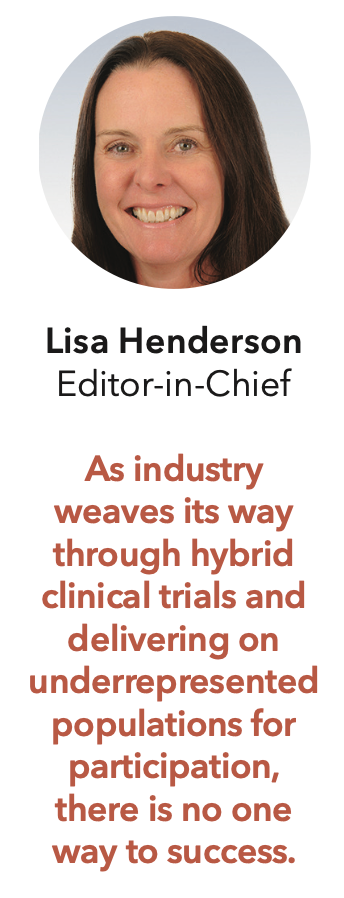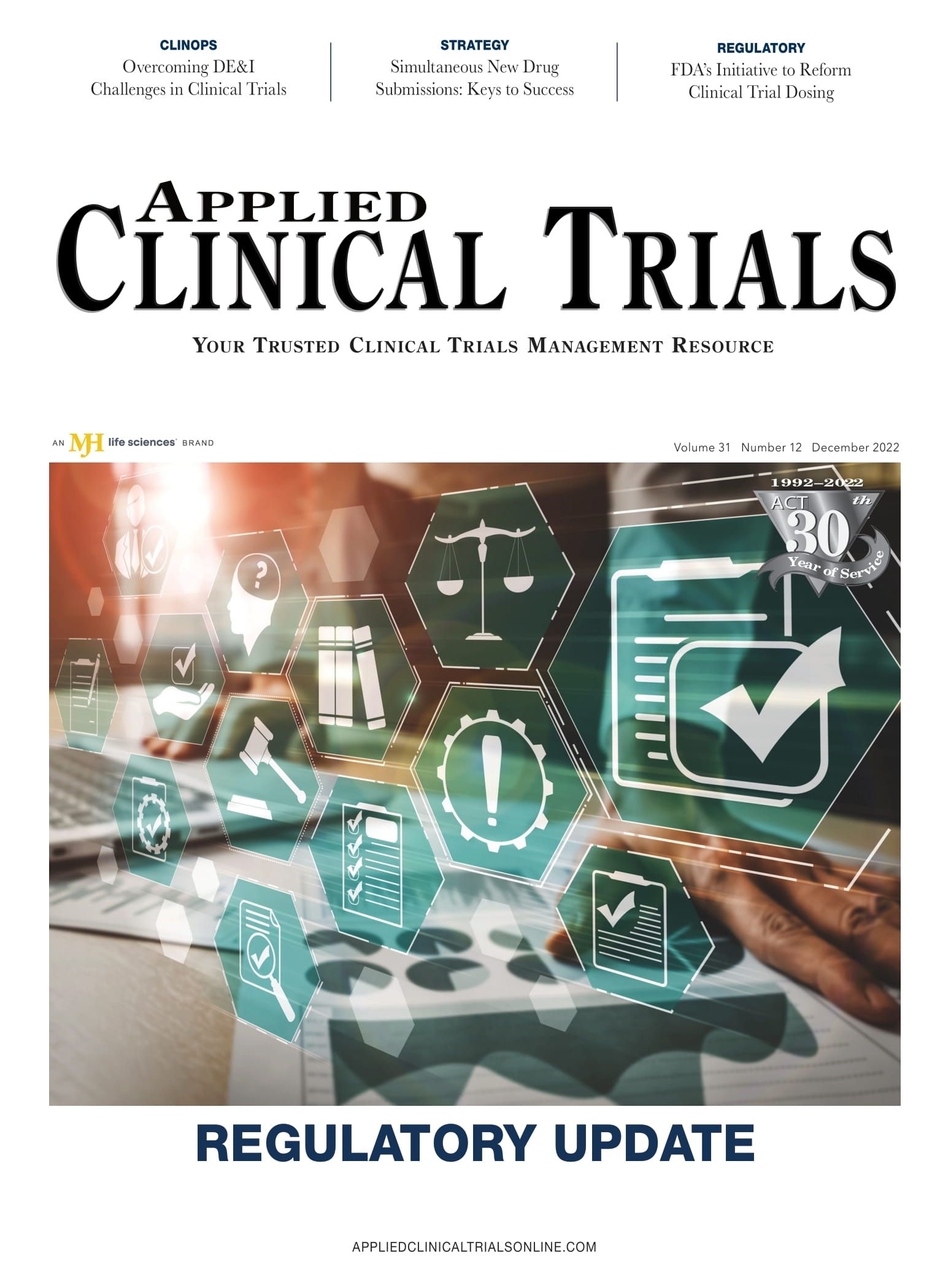From Present to ‘Post’: Holdover Trends to Watch
Industry straddling two worlds as new year approaches.

Currently, we are straddling two worlds, or more—post-pandemic, always endemic, another full-fledged pandemic? People are looking to these coming winter months with trepidation. Flu? RSV? Or COVID? It’s a toss-up.
But this confusing 2022 world impacts trends for 2023. Let’s take a look at a tiny fraction.
Telemedicine as a basis for decentralized clinical trials (DCTs). Telemedicine and receiving healthcare remotely was the basis of clinical trials and healthcare delivery during COVID. According to data from IQVIA, after its “dramatic entrance,” telemedicine is holding steady at 8% of all claims data through 2022. Not a decline, per se, but not a demonstration of ongoing growth. Other models of DCT visits—pharmacies, or home nurses, for example, are also not without challenges. For home nurses, it’s the consideration that some patients may not be amenable to others in their home. And large pharmacy retailers have shuttered over 700 stores in the past two years (IQVIA, September 2022).
Community-based research. As DE&I initiatives and patient engagement outreach outside of urban areas continues, the “community” approach is a primary target for growth, in theory. Historically, however, that last mile from community outreach to participant enrollment is still a tricky one. Numerous ways to reach those community sites (hospitals/health systems/sites) include networks or partnerships; EMR search for potential participants; physician referral programs; and boots on the ground efforts in underrepresented population areas to amplify trust and further local engagement. Each of these is not an insignificant lift for clinical operations.
Clinical trials workforce decline. Not one presentation this fall has failed to note the decline of available professionals to staff clinical trials operations, on numerous levels and roles. At the site. At the CROs. Hospitals. Pharma. Turnover is high, and overall, the healthcare field is suffering a dearth of trained staff. This is not a 2023 problem, this is a long-term projected problem that is impacting all levels of healthcare delivery.
I didn’t intend for this column to only highlight challenging trends. But the truth is, as industry weaves its way through hybrid clinical trials and delivering on underrepresented populations for participation, there is no one way to success; it’s a complex 2023 world.
Lisa Henderson is Editor-in-Chief of Applied Clinical Trials. She can be reached at lhenderson@mjhlifesciences.com.

Unifying Industry to Better Understand GCP Guidance
May 7th 2025In this episode of the Applied Clinical Trials Podcast, David Nickerson, head of clinical quality management at EMD Serono; and Arlene Lee, director of product management, data quality & risk management solutions at Medidata, discuss the newest ICH E6(R3) GCP guidelines as well as how TransCelerate and ACRO have partnered to help stakeholders better acclimate to these guidelines.
Gilead Shares Final Data from Phase III MYR301 Trial of Bulevirtide in Chronic Hepatitis Delta Virus
May 7th 2025Long-term results from the study show 90% of patients with chronic HDV who achieved undetectable HDV RNA at 96 weeks of treatment remained undetectable for nearly 2 years post-treatment.